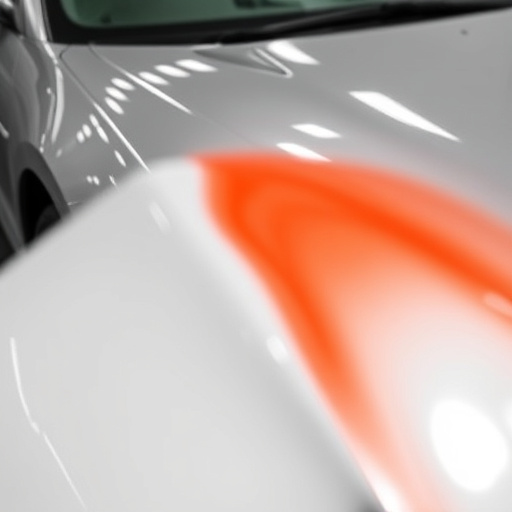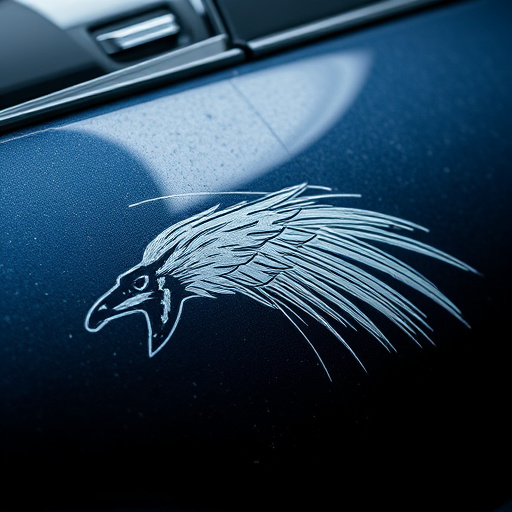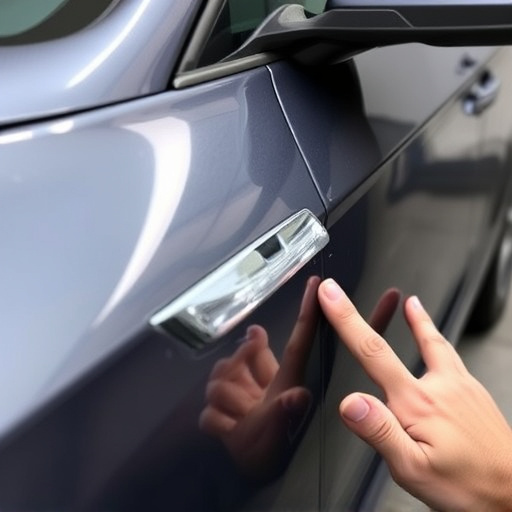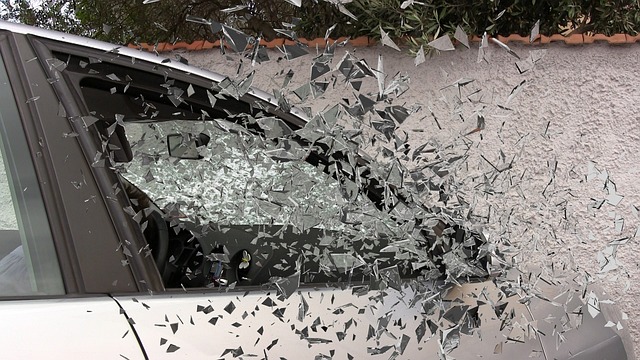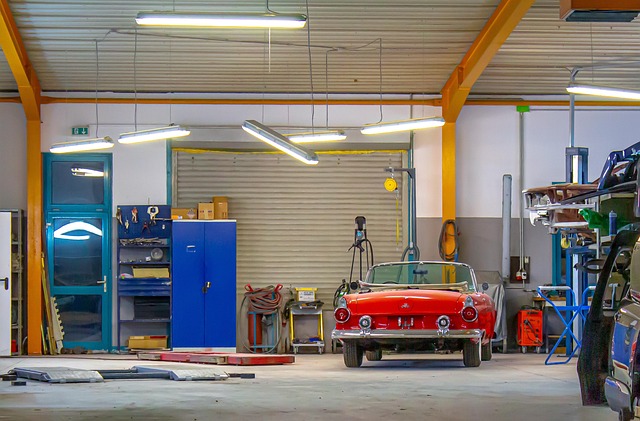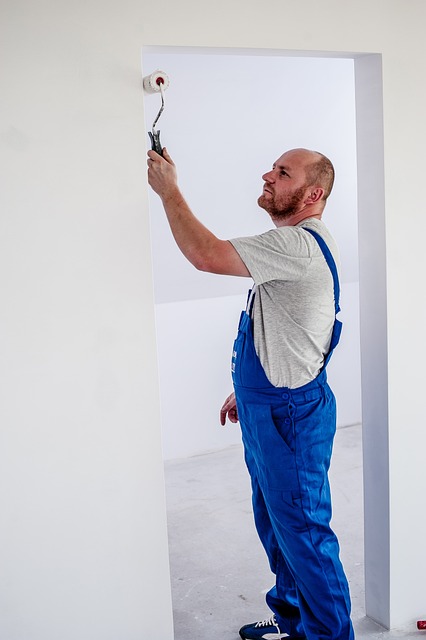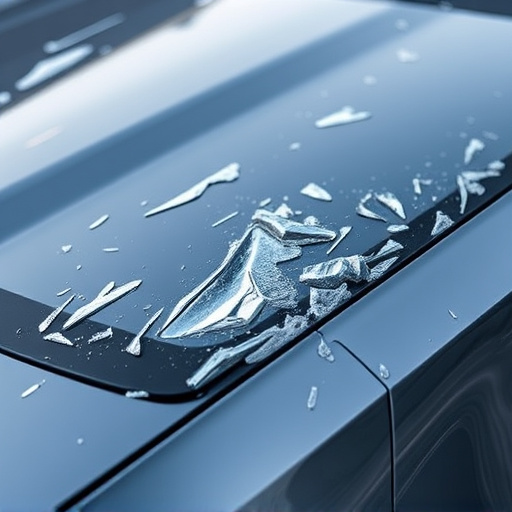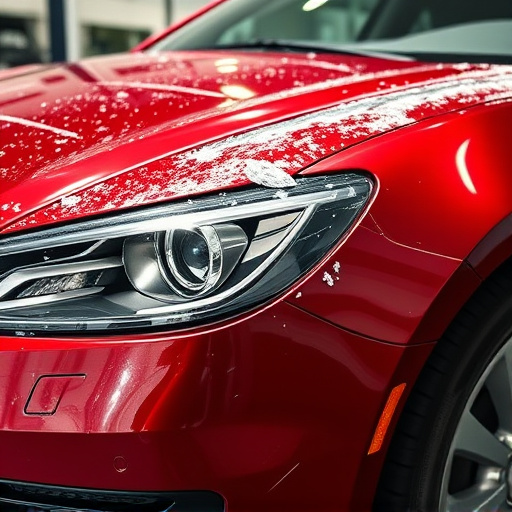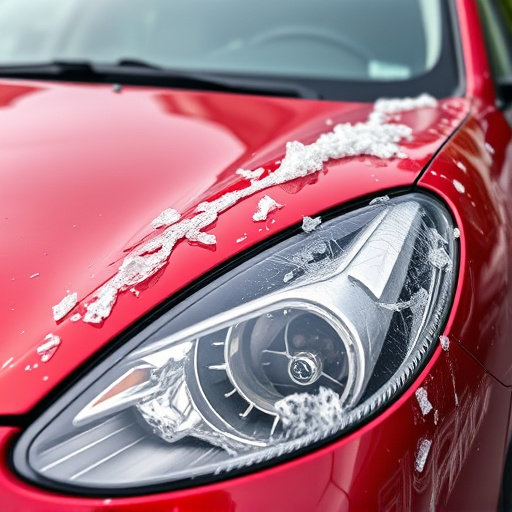After a chassis repair service, thorough inspection and testing are essential. Mechanics use advanced techniques to realign and reinforce damaged parts, addressing structural weaknesses. A comprehensive check includes evaluating joints, brackets, welds, wheel alignment, suspension systems, and safety features. This ensures optimal handling, braking, and overall vehicle stability on the road. For confirmation, perform a meticulous test drive to identify any unusual noises, vibrations, or handling issues, checking alignment, suspension integrity, body roll, tire wear, brake performance, and steering accuracy. Return to the shop if concerns persist for further evaluation.
After completing a chassis repair service, ensuring optimal performance and safety is paramount. This comprehensive guide outlines best practices to navigate post-repair care, from thorough inspections to legal considerations. Discover essential steps, including verification of repair quality through meticulous inspection procedures, testing drives to ensure roadworthiness, and professional road testing for peace of mind. Additionally, learn tailored maintenance tips, strategies to prevent future damage, and when to explore upgrades or reinforcement options. Uncover the legal and insurance aspects, including required documentation and understanding warranty policies, to stay compliant with vehicle safety standards.
- Ensuring Safety and Roadworthiness After Chassis Repair
- – Inspection procedures to verify repair quality
- – Testing drive recommendations and what to look out for
Ensuring Safety and Roadworthiness After Chassis Repair

After completing a chassis repair service, ensuring the safety and roadworthiness of the vehicle is paramount. The chassis, being the backbone of any automobile, requires meticulous attention to detail during the repair process. Professional mechanics use advanced techniques and tools to realign and reinforce damaged components, guaranteeing structural integrity. A thorough inspection post-repair is crucial to identify any remaining issues that might compromise the vehicle’s performance or safety.
Proper restoration involves not just fixing the visible damages but also addressing underlying structural weaknesses. This includes inspecting critical elements like joints, brackets, and welds, ensuring they meet industry standards for strength and stability. Additionally, aligning wheel properties and suspension systems accurately is essential to maintain optimal handling and braking capabilities. With these measures in place, owners can have confidence in their vehicles’ safety on the road, knowing that a comprehensive chassis repair service has been executed flawlessly.
– Inspection procedures to verify repair quality

After completing a chassis repair service at a reputable collision repair shop, thorough inspection procedures are paramount to ensure the repair quality meets industry standards and your expectations. Begin by examining the structural integrity of the chassis, checking for any misalignments, deformations, or signs of uneven welding. These visual inspections should be accompanied by dynamic testing, such as road tests, to assess how the vehicle handles and performs under various conditions. Advanced diagnostic tools can help uncover any hidden issues that may have been missed during initial checks.
The car restoration process demands meticulous attention to detail. Verify that all components are correctly assembled and secured. Check for proper paint finish and color match, especially in automotive collision repair cases where the chassis might have been damaged or discolored. Lastly, ensure all safety systems, including brakes, lights, and airbags, function optimally. These procedures not only guarantee a safe driving experience but also highlight the skill and professionalism of the collision repair shop.
– Testing drive recommendations and what to look out for

After completing a chassis repair service, taking the vehicle for a test drive is crucial. During this drive, pay close attention to any unusual noises, vibrations, or handling issues. Check for proper alignment and suspension integrity, as these are key components of a successful chassis repair. Look out for signs of increased body roll in corners or irregular tire wear, which could indicate misalignment or lingering structural damage.
Additionally, ensure that all components, including brakes, steering, and the overall stability of the vehicle, function optimally. If you notice any persistent problems or concerns, it’s best to return to the automotive body shop for further evaluation. Remember, a thorough test drive is as essential as the repair itself in ensuring your vehicle’s safety and performance after chassis repair service, alongside potential follow-up services like vehicle paint repair if necessary.
After completing a chassis repair service, adhering to best practices ensures your vehicle’s safety and roadworthiness. Conduct thorough inspections to verify the quality of the repairs, paying close attention to structural integrity and alignment. Subsequently, take a test drive, observing any unusual noises or handling characteristics that could indicate lingering issues. Remember, proper maintenance and timely re-inspection are key to sustaining the benefits of a high-quality chassis repair service.
